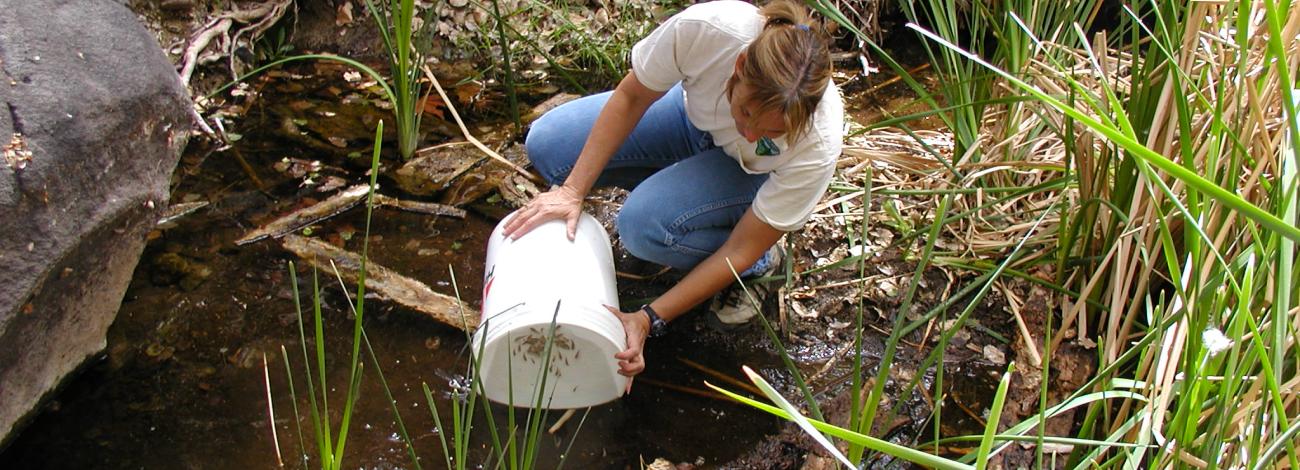
Proactive conservation and recovery
The purpose of the Endangered Species Act is to protect threatened and endangered species and the ecosystems upon which they depend.
The ultimate goal of the Endangered Species Act is to "recover" species through conservation efforts. To recover a species means that ESA protection is no longer necessary for the species to survive. Conservation is the management of natural resources to promote protection and restoration. Conservation can include protecting and restoring habitats, removing invasive species, planting native habitats, managing diseases, breeding species in captivity to release them into their historic range, conducting surveys, and monitoring populations.
Section 7(a)(1) of the Endangered Species Act directs all federal agencies to conserve listed species. This section is often regarded as a call for Proactive Conservation and Recovery.
BLM prioritizes Proactive Conservation and Recovery. Proactive conservation and recovery means that the BLM actively works with partners to improve wildlife, fish, and plant populations and habitats through protection and restoration before large declines occur. The BLM also uses management policy and actions to prevent or offset potential negative impacts to species and habitats from multiple uses on public lands. Proactive conservation and recovery:
- Increases health of habitats and species populations.
- Conserves species and habitats so they do not need protection by the ESA and other regulations.
- Reduces costs for projects because conservation and compliance with regulations is completed prior to impacts.

